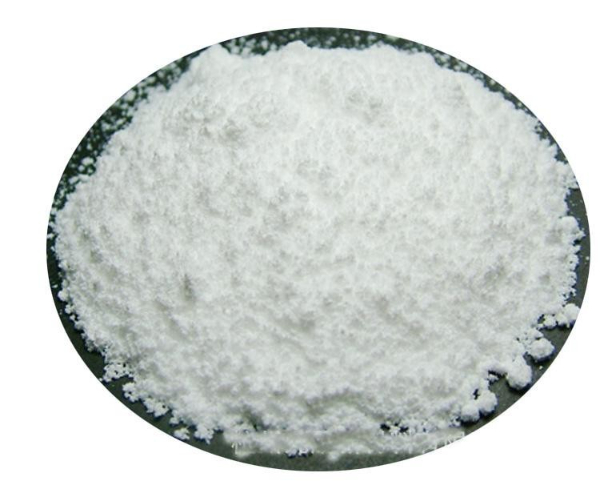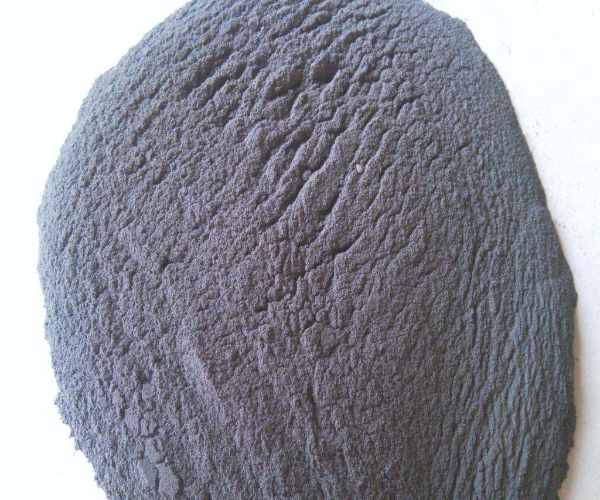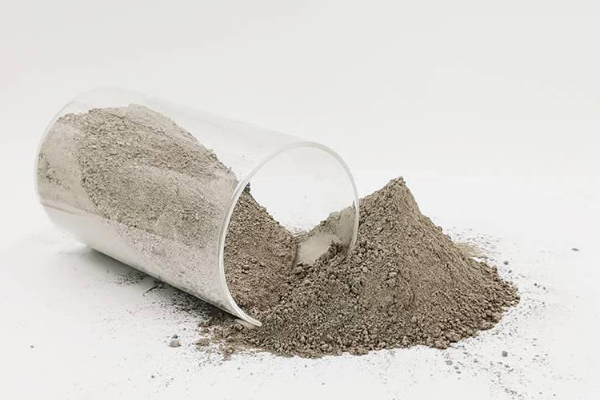Refractory binders are a material that combines refractory powder into a solid form in a certain way to improve its mechanical strength, heat resistance, earthquake resistance, and other properties. Common refractory material combination methods include the following:
Hydraulic binding

Hydraulic binding, also known as hydraulic hardening, relies on the reaction between a binder (such as cement) and water under specific temperature and humidity conditions to produce hydration products that create a cementitious hardening effect. Since the strength generated from the hydration reaction and cementitious hardening depends on time, temperature, and humidity conditions, proper curing is required. Common binders include aluminosilicate cement. When calcium aluminate cement (with primary hydration minerals CaO·Al2O3 and CaO·2Al2O3) is mixed with water, it undergoes hydrolysis and hydration reactions, resulting in the precipitation of hexagonal flake or needle-shaped hydrates CaO·Al2O3·10H2O (CAH10) and 2CaO·Al2O3·8H2O (C2AH8), or cubic granular 3CaO·Al2O3·6H2O (C3AH6) hydrates and aluminum oxide gel (Al2O3gel). This forms a cohesive crystalline network, leading to binding.
Similarly, reactive aluminum oxide undergoes a hydration reaction and generates monoclinic plate-shaped, fibrous, or granular tri-hydroxide aluminum minerals (Bayerite, Al2O3·3H2O) and orthorhombic plate-shaped Boehmite (Boehmite, Al2O3·(1-2)H2O), resulting in a binding action.
Chemical bonding
Water Glass Binding: Using sodium silicate (water glass) as a binder, mix it with refractory material powder, then shape and harden it through drying.
Refractory Mortar: Mix the refractory material powder with a refractory mortar binder to form a refractory mortar-like mixture, then shape and dry it to achieve binding.
Polycondensation bonding
Chemical binding using organic binders from high polymers involves a condensation-polymerization reaction with specific catalysts or cross-linking agents under certain conditions, resulting in the formation of a three-dimensional network structure and providing binding strength. Common binders include resins like phenol-formaldehyde resins and linear phenol-formaldehyde resins.

When phenol-formaldehyde resin is combined with an acid catalyst and heated, it undergoes a condensation reaction, leading to higher binding strength. Similarly, when the linear phenol-formaldehyde resin is combined with hexamethylenetetramine (urotropine) and heated, a cross-linking reaction occurs, resulting in the formation of a network structure through condensation and providing good binding strength.
Ceramic bonding
Strength is achieved through a solid-phase-liquid-phase sintering process that occurs at relatively low temperatures. To facilitate solid-liquid sintering and promote the formation of a liquid phase, it is often necessary to add low-melting-point substances, acting as fluxes, to the mix. For example, in alumina-based dry mixtures, the addition of boric acid results in the formation of a sticky liquid phase at 450-550°C, which helps adhere the refractory aggregates together. This is followed by a solid-liquid reaction with α-Al2O3, leading to the formation of compounds with higher melting points, such as 2Al2O3·B2O3 (which melts consistently around 1035°C) or 9Al2O3·B2O3 (which melts consistently around 1930°C), thus binding the corundum aggregates together.

Similarly, in siliceous dry vibration mixtures, the addition of boric acid or borax as a sintering aid within the range of 500-1000°C promotes sintering, resulting in the formation of a ceramic binding. Dry vibration mixtures of this kind, which rely on the addition of low to medium-temperature sintering aids, are widely used as linings for various power frequency induction furnaces and as fillers for ladle mouths.
Adhesive Bonding
Adhesive bonding is a type of bonding that occurs when liquid binders utilize a combination of actions, including adsorption, diffusion, electrostatic attraction, and capillary forces, to create an interwoven layer of adhesive diffusion. This process generates binding strength.
Adhesive bonding can be categorized into several types:
- Adsorption Effect: This includes physical adsorption, where molecules are attracted to each other through intermolecular forces (Van der Waals forces), and chemical adsorption, which occurs through interactions involving chemical bonds. There are cases where both types of adsorption occur simultaneously in adhesive bonding.
- Diffusion Effect: This involves the mutual diffusion and penetration of the adhesive and adherend’s molecules due to their thermal motion. This leads to the formation of a diffusion layer at the interface, resulting in a strong and secure bond.
- Electrostatic Interaction: At the interface between the adhesive and the adherend, there is a double electric layer. Binding occurs due to the electrostatic attraction of this double electric layer.
The binders that create adhesive bonding are often organic and temporary in nature. They function at room temperature or low temperatures and burn off after undergoing medium to high-temperature heat treatment. Examples include materials like starch, carboxymethyl cellulose, and polyvinyl alcohol. Some binders are semi-permanent; after medium to high-temperature heat treatment, they leave behind residual carbon that forms a carbon network binding. Examples include materials like asphalt, phenol-formaldehyde resins, and epoxy resins with high residual carbon content. However, these types of binders are only suitable for use under reducing conditions. Some inorganic binders also exhibit good adhesive bonding, such as aluminum dihydrogen phosphate, sodium silicate, and silica sol. Adhesive binders are commonly used in refractory mortar, coatings, spray coatings, and ramming mixtures.
Cohesive Bonding
Cohesive bonding relies on the van der Waals forces, including hydrogen bonding, and bridging effects between colloidal particles or ultrafine powders at the nano or submicron scale that come close or make contact. According to the DLVO theory, there are van der Waals forces between colloidal particles. When particles approach each other, repulsion occurs due to the overlap of the double electric layer on the particle surfaces. The stability and cohesion of the colloidal solution (suspension) depend on the relative sizes of the attractive and repulsive forces between particles. Materials that can exhibit cohesive bonding include clay fines, oxide ultrafine powders, silica sol, aluminum sol, and silica-alumina sol.
 Rongsheng Group
Rongsheng Group

WeChat
Scan the QR Code with wechat